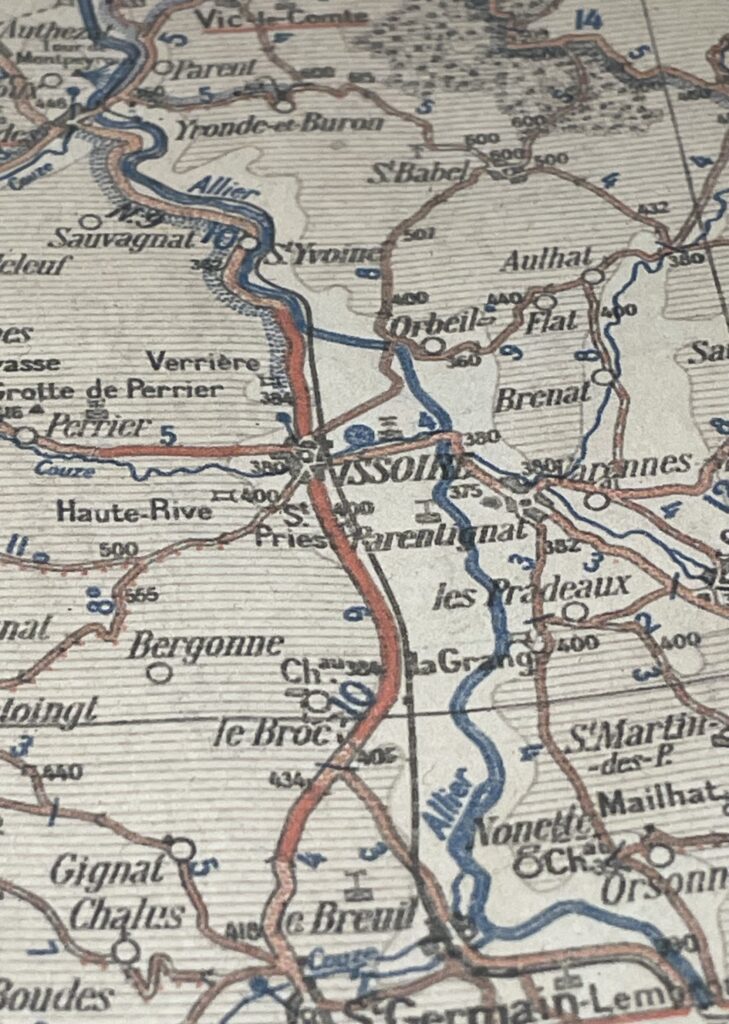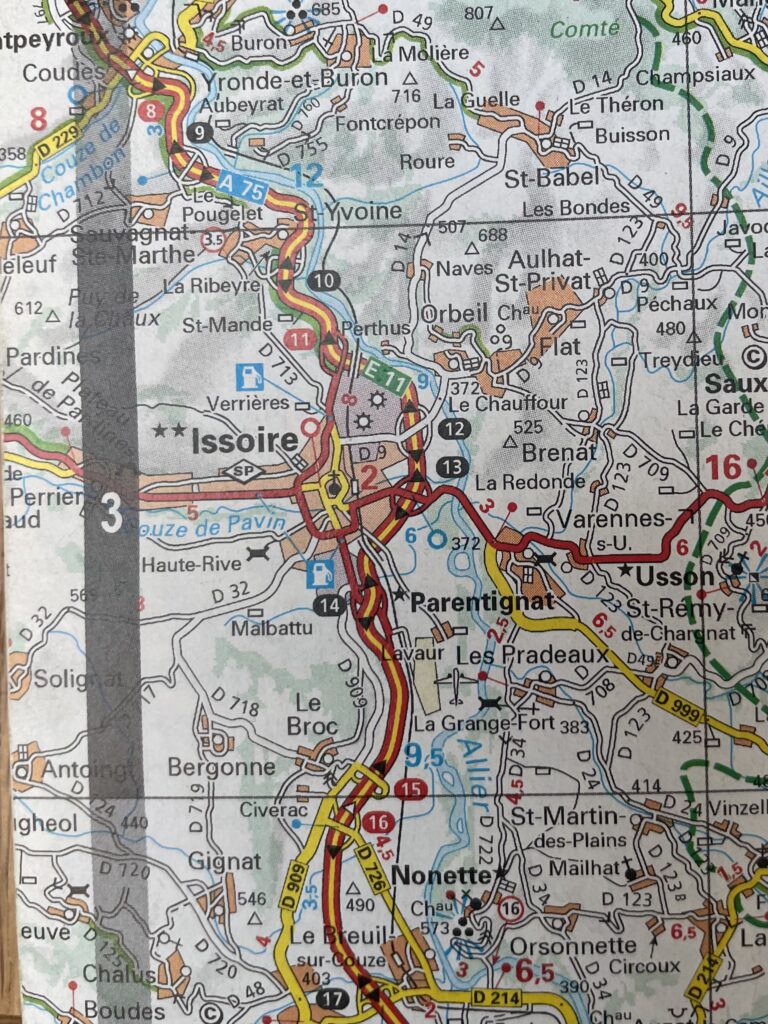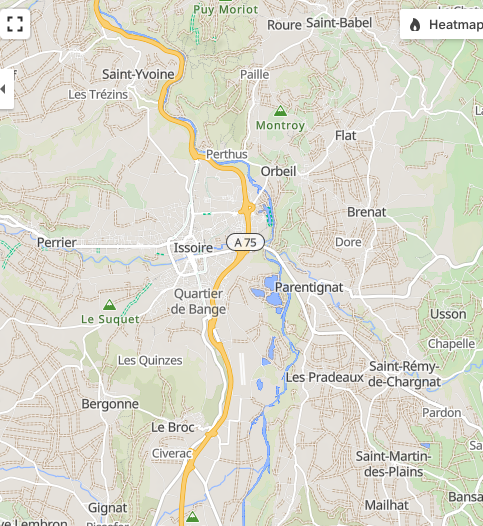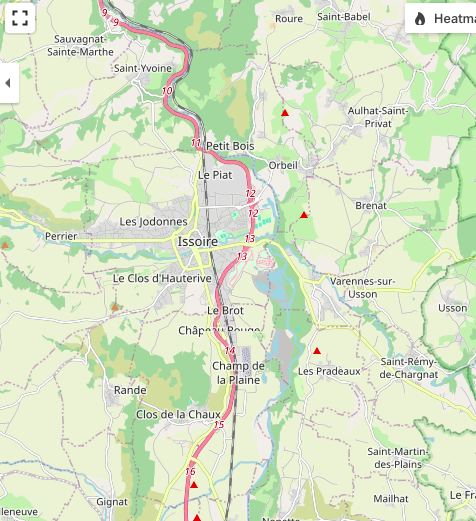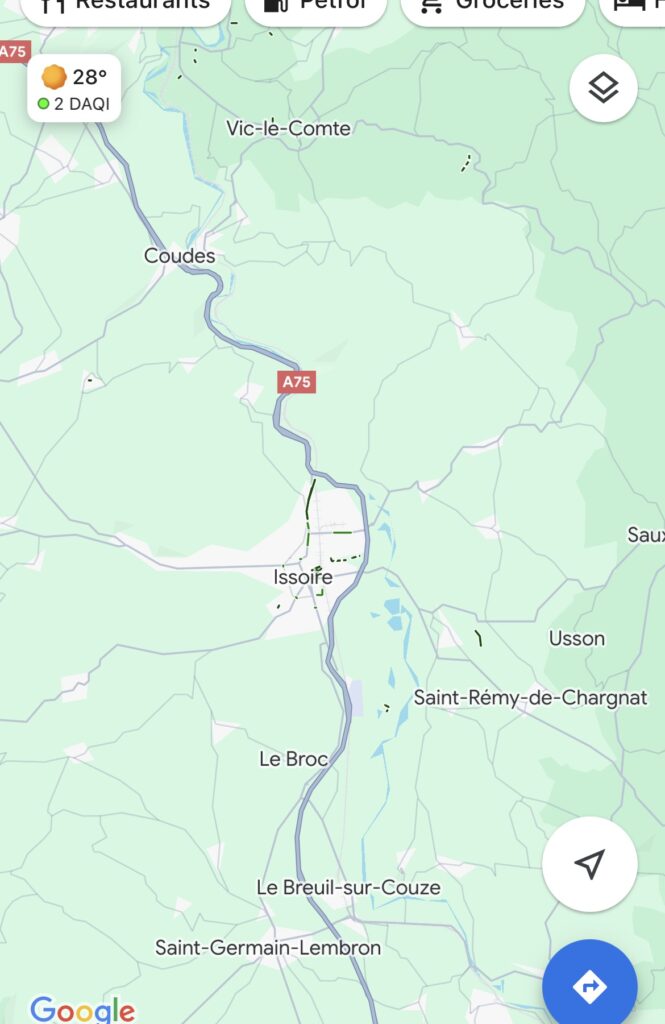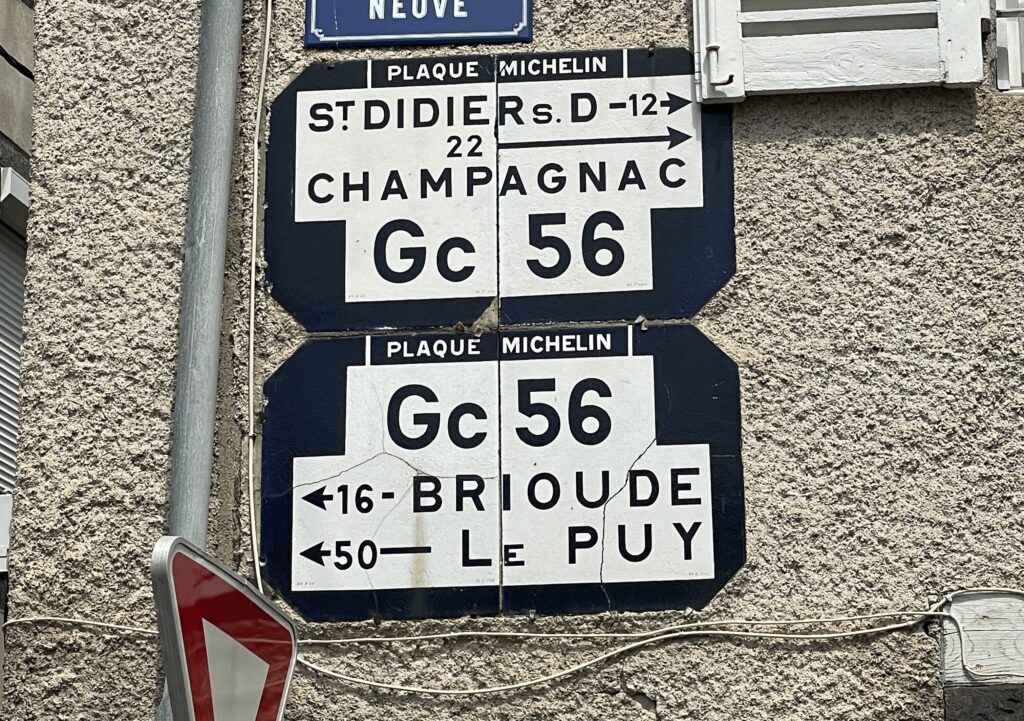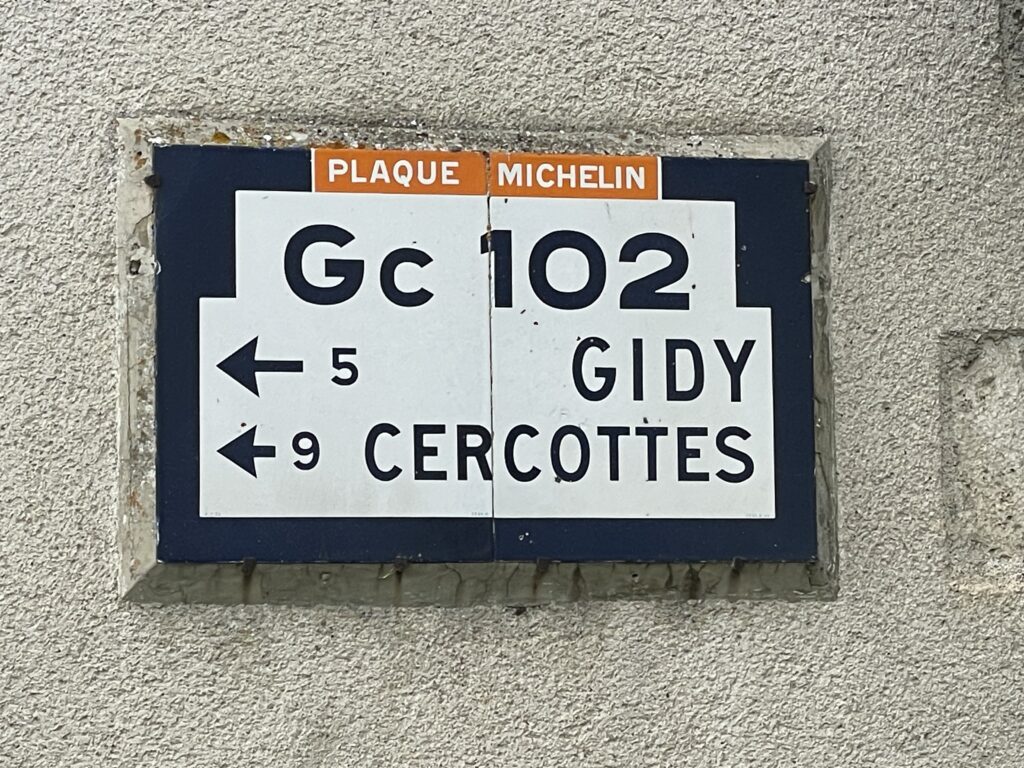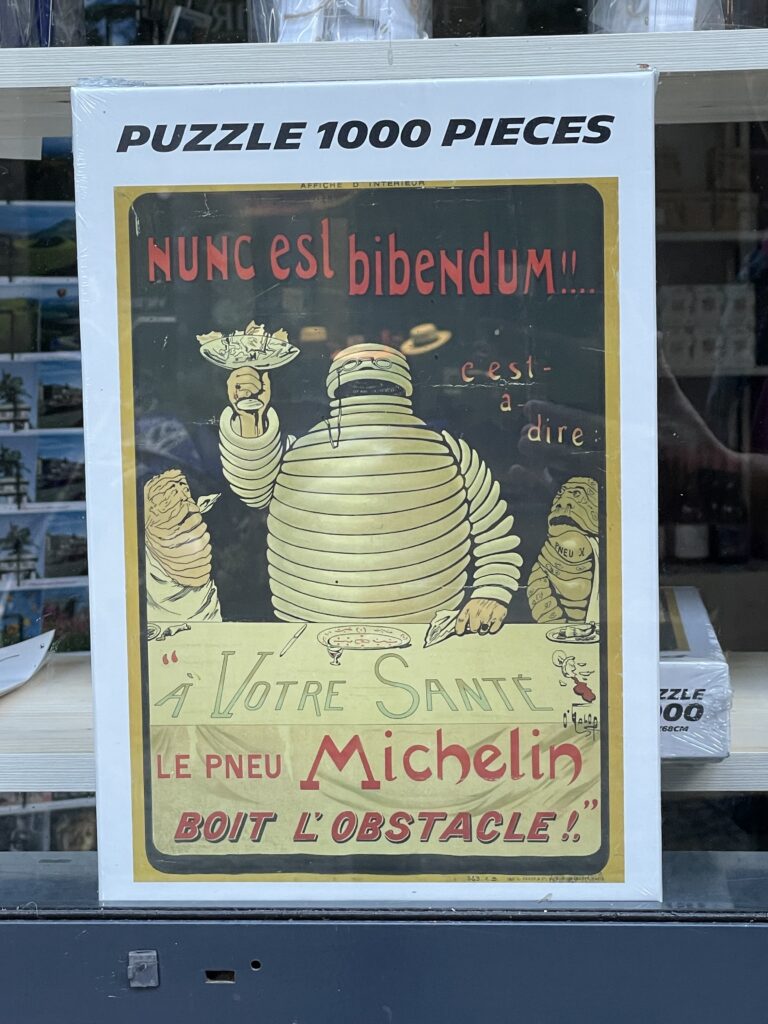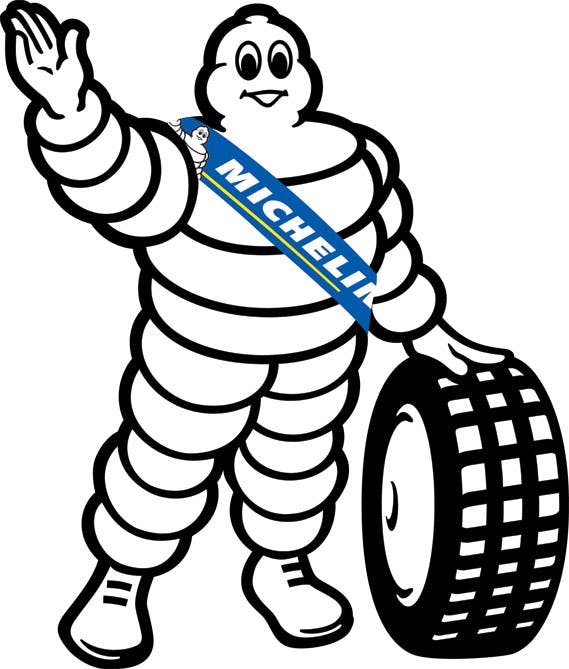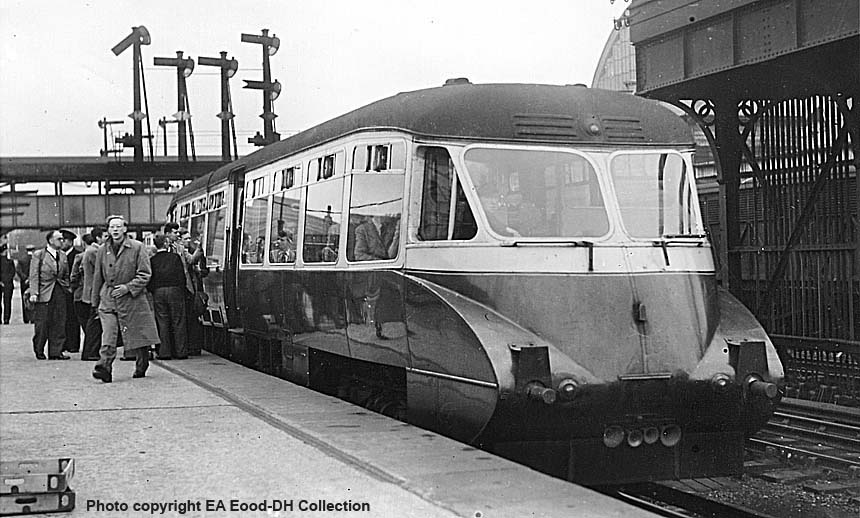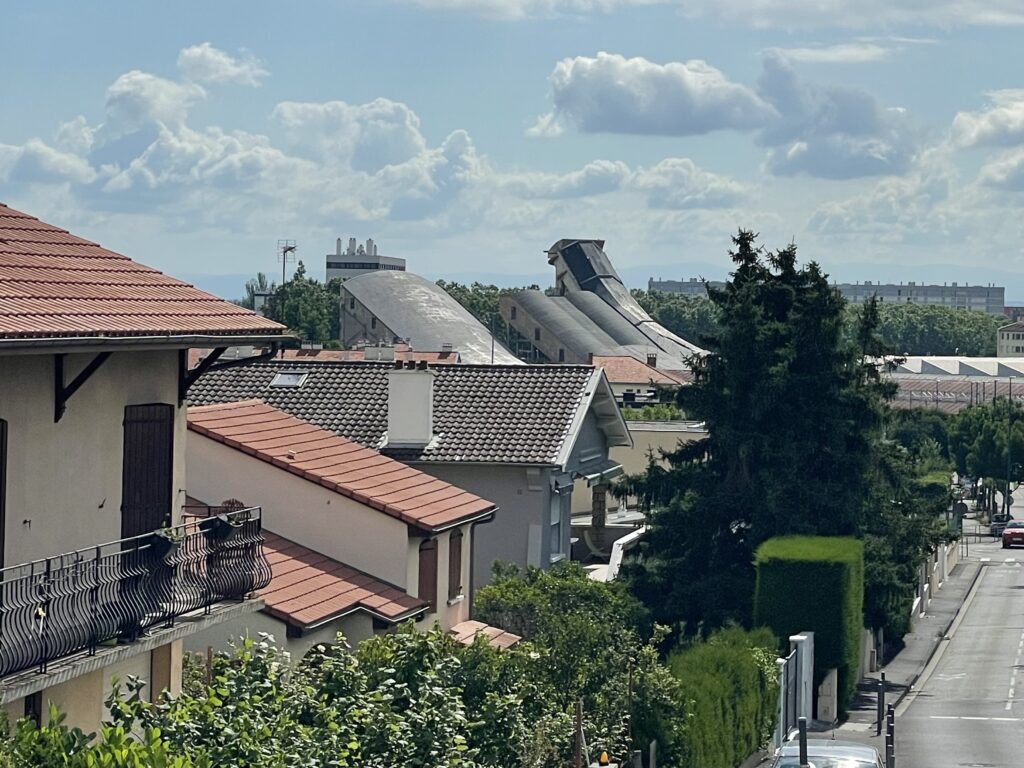A post to consider the big claims made by the Michelin museum.
We had a really splendid time at the “Adventure Michelin” and even though we committed the usual museum-goer’s mistake of spending far too long in the first room I still had to be dragged away from the last room.
The museum explained that after the Michelin family had had the splendid idea of turning rubber into tyres, they realised that the key to selling more tyres was to help people use wheeled transport to travel more.
Gallery after gallery listed the different things they did, by the end of which they seemed to have invented the whole of French or indeed global travel.
They began by promoting bicycle and then car long-distance races, showing that their tyres were easier to change than anyone else (and to ensure you had to change the tyres, in one memorable race they actually littered a stretch of the course with caltrops).
They invented a method of mapping the whole of France’s roads, settling on the 1:200,000 scale as giving the best balance between detail and physical map size – this scale is still used in all their paper and book-form maps which I was already convinced (see previous blog notes) are the best in the world for clarity. They also said they invented the accordion-fold map so that you can handle a big map in a small car, I guess that the UK Ordnance Survey must have copied them later, I need to go and dig out some of my old OS maps…
Meanwhile please allow me a digressionary whinge as I compare Michelin’s original and current mapping of Issoire:
…with the “need to know only” basis that seems to inspire the mapping in RideWithGPS’s mapping and Open Street Map…
…and that app which is most begrudging of information, Google Maps:
Back to the happier topic of Michelin.
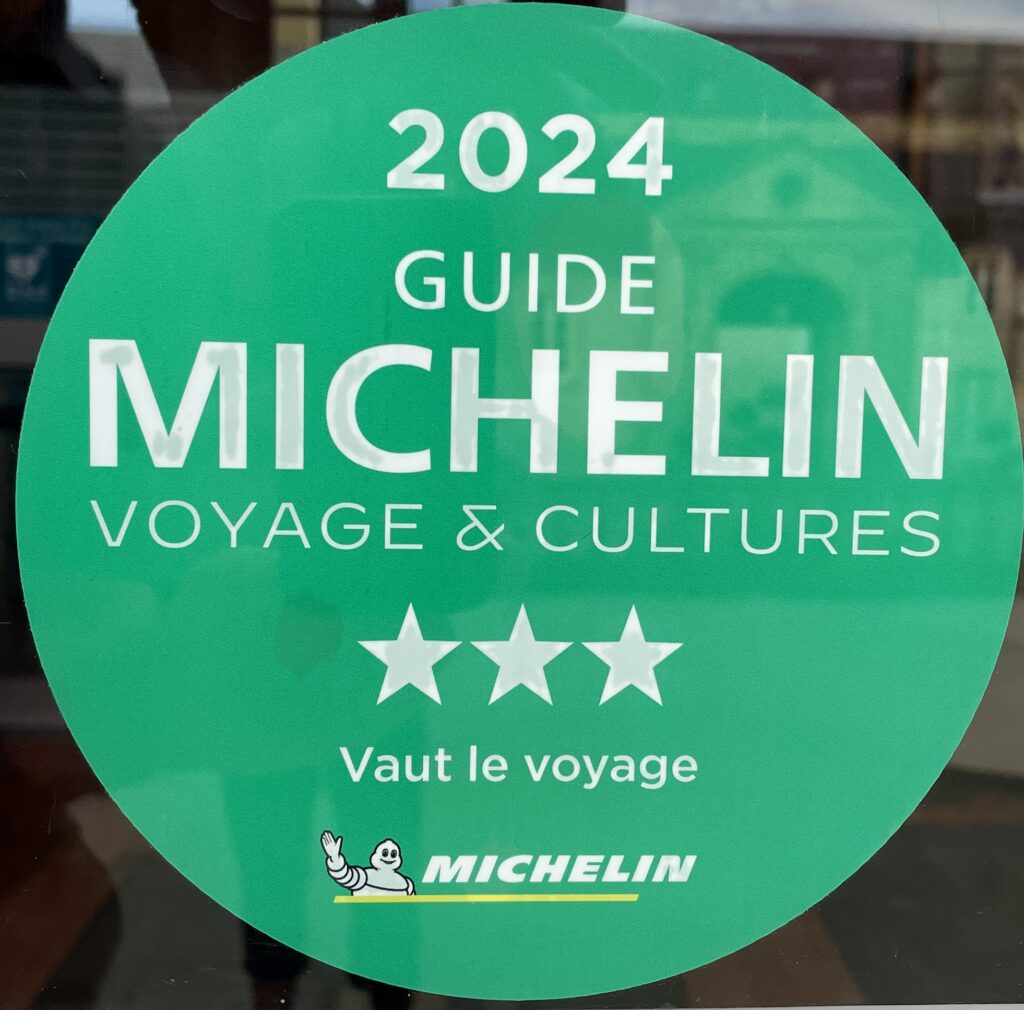 They invented the Green Guides to suggest places to go, with attractions rated from a rather unenthusiastic 1* (“interesting”, which can have many meanings depending on the tone you use. “Interesting?” “Interesting!” “That’s… interesting”) to 2* (“merits a detour”) and the ultimate 3* (“vaut le voyage”, or worth a journey in its own right). Sid and Doris have adopted some of these terms as their own.
They invented the Green Guides to suggest places to go, with attractions rated from a rather unenthusiastic 1* (“interesting”, which can have many meanings depending on the tone you use. “Interesting?” “Interesting!” “That’s… interesting”) to 2* (“merits a detour”) and the ultimate 3* (“vaut le voyage”, or worth a journey in its own right). Sid and Doris have adopted some of these terms as their own.
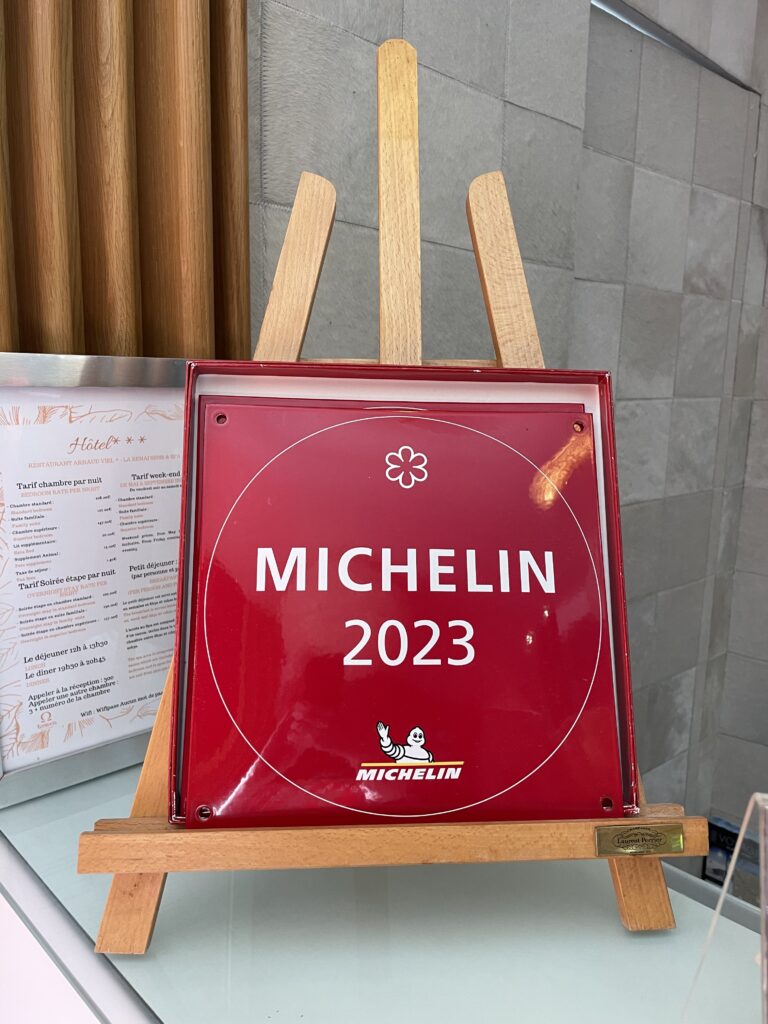 They invented the Red Guide to recommend places to eat and to sleep. When Sid and Doris did their very first long-distance cycle ride, from Caen to Cannes, the world was still paper-based and the red guide was a very important 1kg investment in weight. Nowadays a lot of this is available on the ViaMichelin website and app (I’ve put the French link in but you can use .co.uk or .com or other countries of choice, they all work.)
They invented the Red Guide to recommend places to eat and to sleep. When Sid and Doris did their very first long-distance cycle ride, from Caen to Cannes, the world was still paper-based and the red guide was a very important 1kg investment in weight. Nowadays a lot of this is available on the ViaMichelin website and app (I’ve put the French link in but you can use .co.uk or .com or other countries of choice, they all work.)
They designed a signposting method to help people work out where to go, and put up zillions of their very distinctive ceramic signs across France – here are two from our journey:
And propelling it all out to the general public, they invented and developed and simply optimised the Michelin Man, or “Bibendum” to use his correct name.
It goes on! They invented the 2CV (or at least a competition to develop it). They invented the radial tyre. They invented social housing and support for all staff. They invented space travel or at least tyres that could work on a moon rover. It’s all too much, and cynicism starts to creep in.
We leave the museum with one last longing look at the “Micheline”, a way of getting vehicles with tyres to run on rail tracks. British Railways had something similar in style but alas neither of them was as you might say a runaway success.
PS Something catches our eye as we leave town the next day. It’s the original Michelin tyre-testing tracks still in place – the things that look like rocket launchers or the Dubai ski slope are inclined planes which the tyres are rolled up and down again and again and again.
